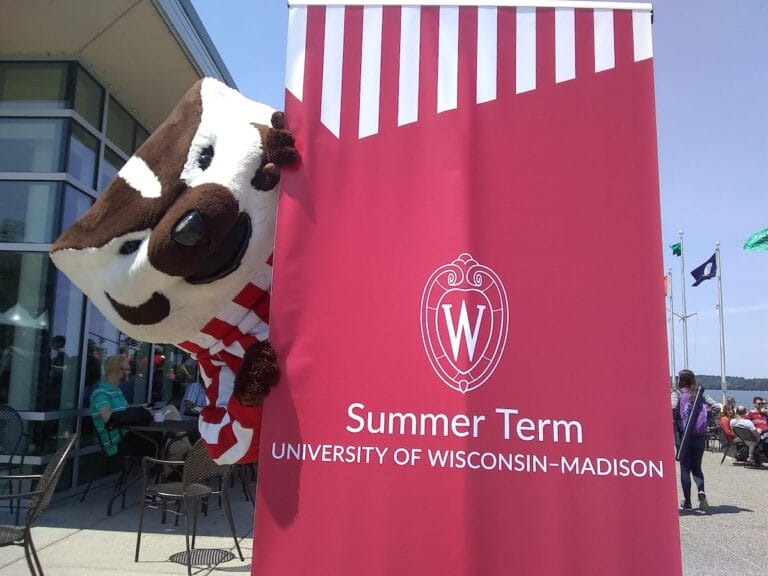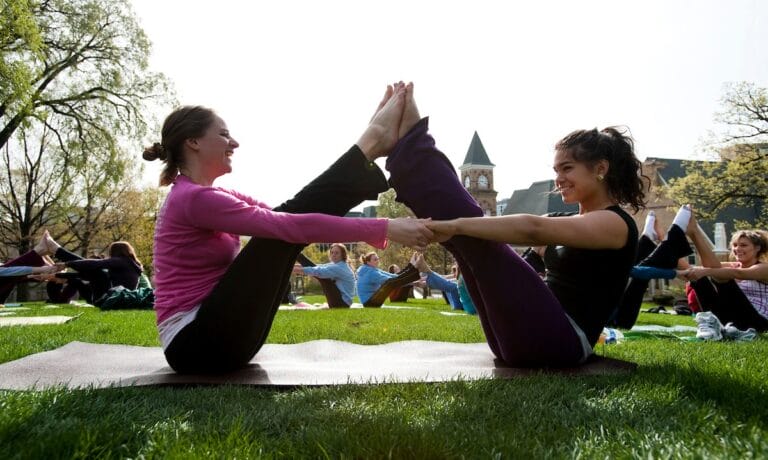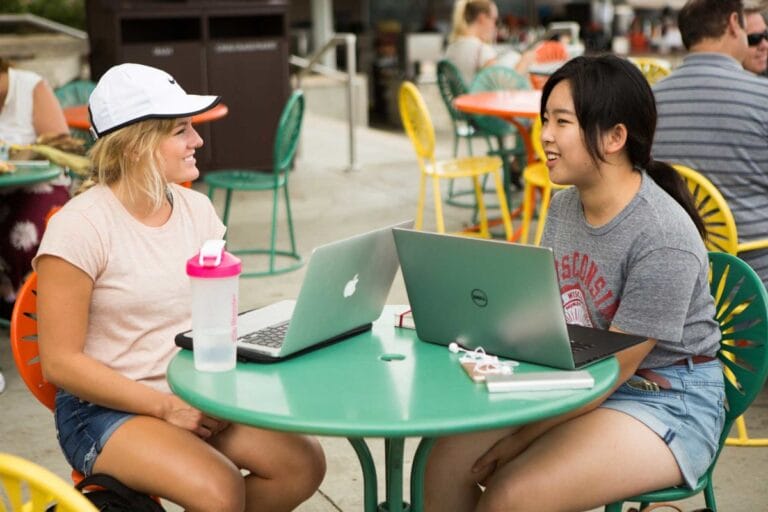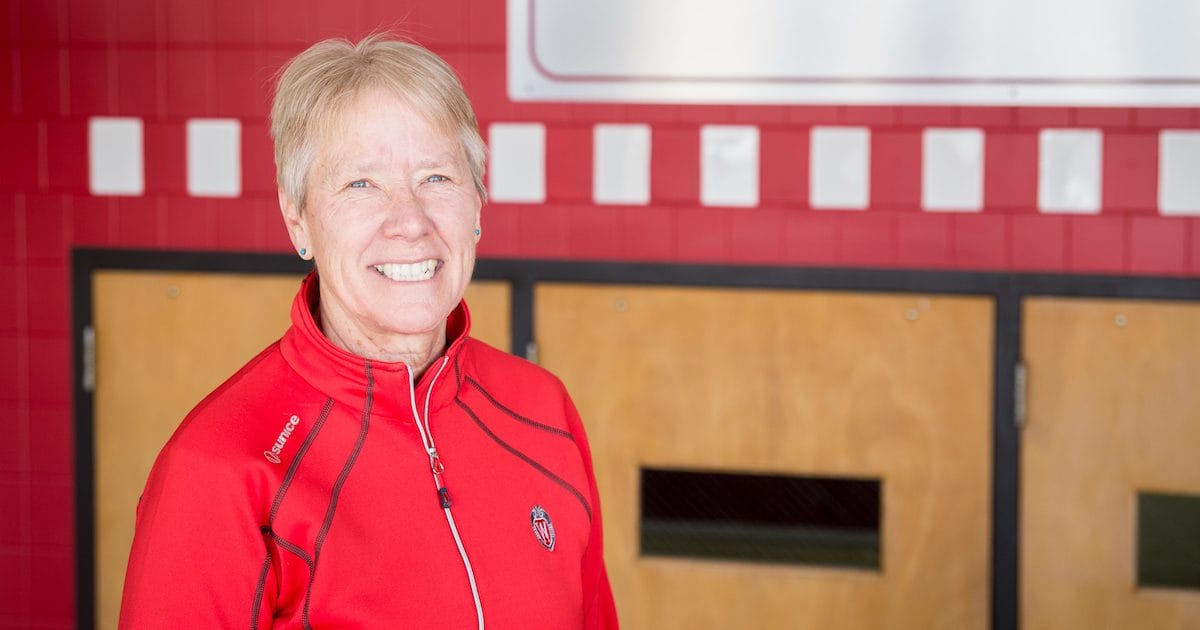
From children to adults, Summer Term instructor inspires learning through movement
Cindy Kuhrasch believes that movement is simply a means of learning.
And with the pandemic putting a pause on organized activity, the head of UW–Madison’s physical education program is proving that movement can take just about any form – if you use your imagination.
Kuhrasch is posting videos on Facebook to demonstrate safe, equipment-free physical activities for children during an isolating time: simulating golf with sticks and dandelions, playing catch with a plastic bag in windy conditions, punting a crumpled newspaper, attempting solo volleyball with an erratic marble-filled balloon.
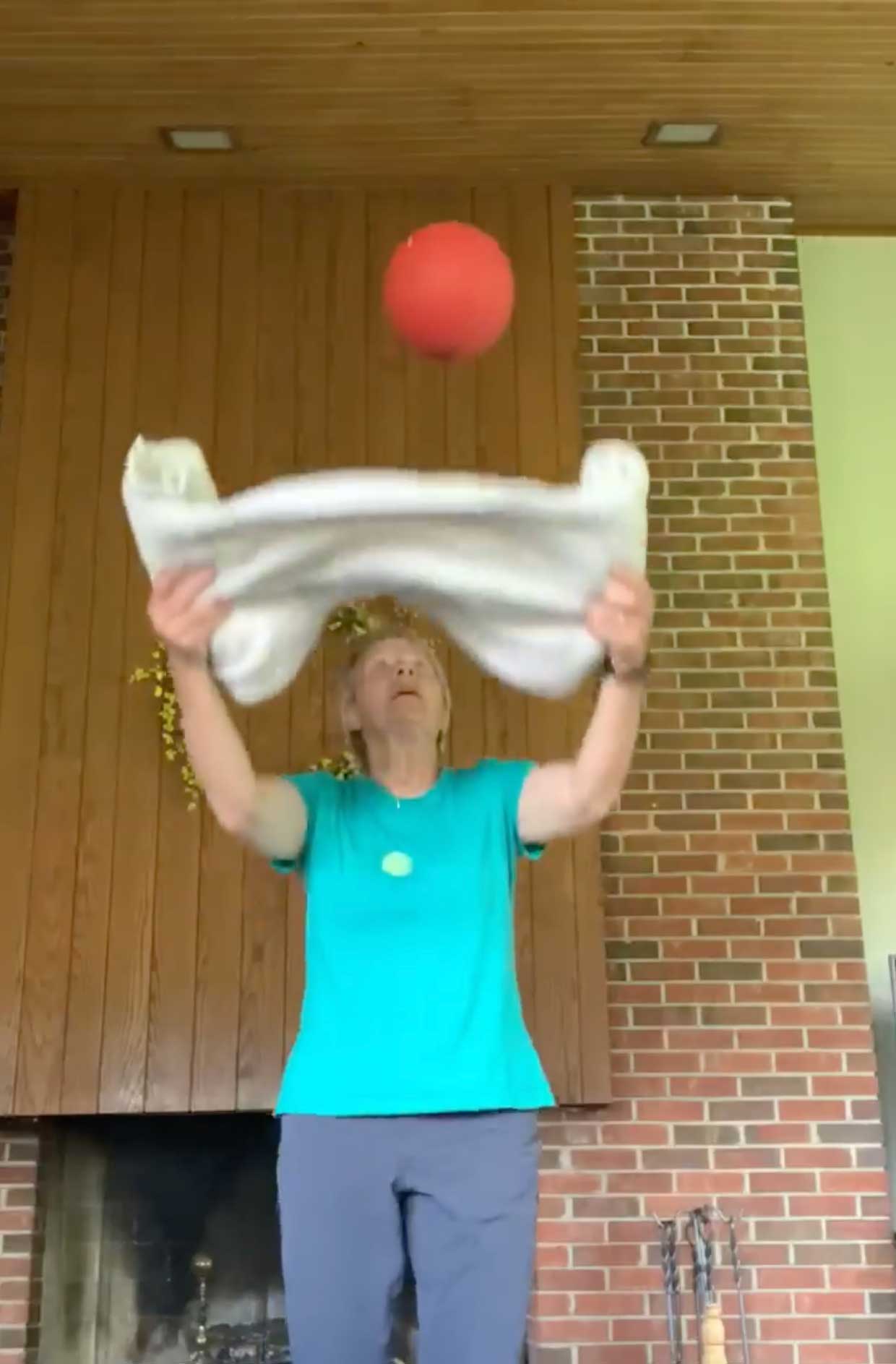
“The response has been amazing,” Kuhrasch says. “I’ve heard from parents who are grateful for movement ideas that they could use with their children, and I’ve heard from kids who look forward to the activities each week.”
Kuhrasch, a distinguished faculty associate in the Department of Kinesiology, brings the same passion and energy that jumps off the screen of her Facebook videos to the college classroom. With decades of experience as a K-12 teacher and university instructor, her goal is to inspire the next generation of innovative physical educators.
“Many people have a vision of physical education that looks like the movie ‘Dodgeball.’ But the truth is that when the full potential of physical education is unlocked, it can be one of the most transformational experiences of an individual’s life,” Kuhrasch says, noting that physical activity also promotes the development of cognitive, social and emotional skills if designed thoughtfully.
She offers the game of tag as an example. In traditional freeze tag, if you’re touched, you’re eliminated. In an altered version, you can unfreeze your peers with a high-five. “In this revised activity, students are encouraged to think of others and demonstrate kindness to them by releasing them to rejoin the game,” she says.
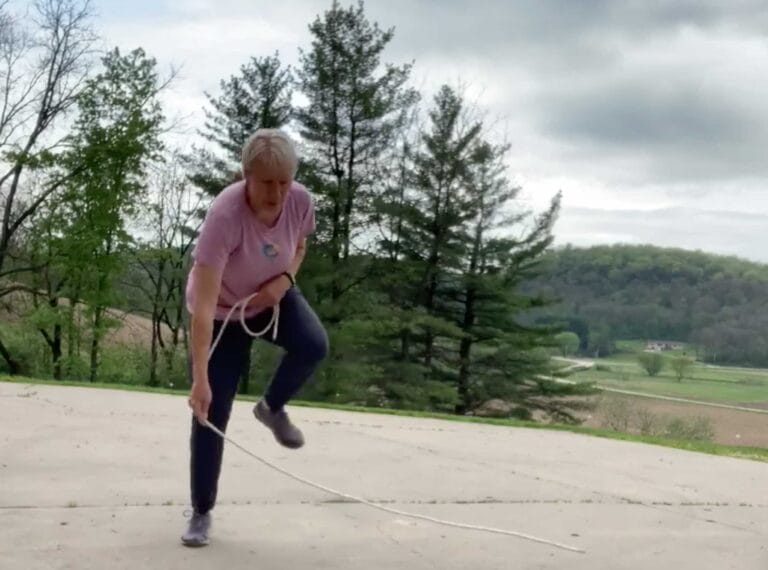
This year, Kuhrasch is teaching two Summer Term courses, Introduction to Kinesiology and Technology for Physical Activity and Health Professionals. She’s taught them online in summers past, so she was prepared when the pandemic forced all spring and summer courses to move to remote formats. But with students now “longing to connect with one another,” she’s offering optional opportunities for students to meet safely in person and share their work.
“One of my favorite moments in a recent class was when a student suddenly exclaimed, ‘Hey! I am learning a whole bunch of new things, and I am having fun at the same time!’’’ Kuhrasch says. “That’s my goal.”
While the pandemic prompted her to create the Facebook videos, the underlying inspiration for them has long guided Kuhrasch’s career. Through volunteer work with the Boys & Girls Club, she learned that many children grow up with limited access to physical-activity equipment and don’t receive enough encouragement to play. “They needed quality physical activities that they could do on their own,” she says.
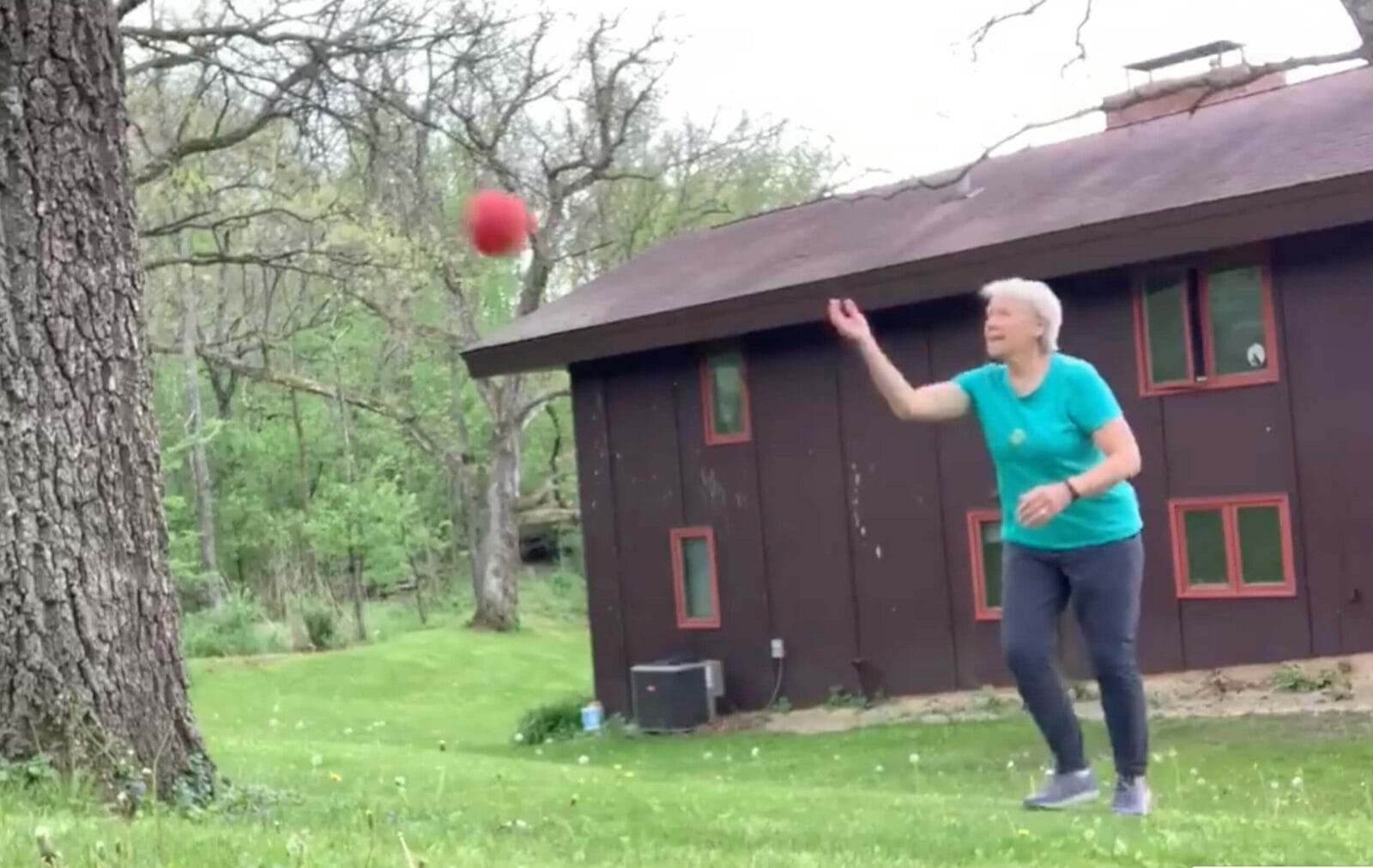
She also passionately believes that parents should involve themselves in the physical activities – to grant themselves “permission to play” and to rediscover “a joy of movement.” As Kuhrasch discovered with her videos, the pandemic presents as good of a time as any to start.
“Parents may feel a lot of pressure to provide quality physical education, but they do not necessarily need to be a teacher for their kids – just a playmate,” Kuhrasch says. “They will reap the benefits, too.”
Previous Post
Students share favorite Summer Term study spots
